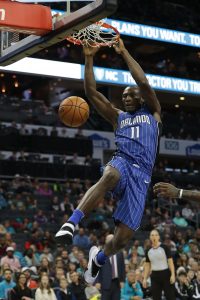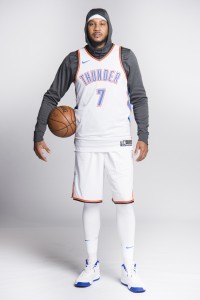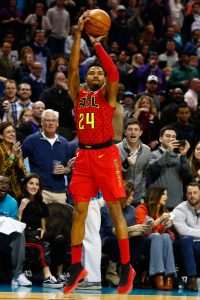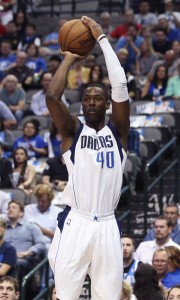The Timberwolves became the latest NBA team to be eliminated from the playoffs on Wednesday night, dropping Game 5 in Houston and losing their series against the Rockets by a 4-1 margin. With that loss, the offseason is officially underway in Minnesota.
The Wolves’ season came to a disappointing and underwhelming end after the team slipped down to the No. 8 seed and only managed a single playoff win, but there were plenty of positives to take away from the 2017/18 campaign. For one, Minnesota snapped its 14-year postseason drought, earning its spot in the playoffs in dramatic fashion by beating Denver on the final day of the regular season.
“I told the players I’m very proud of what you did, to get out of the hole we were in to win 47 games,” head coach and president Tom Thibodeau said after Wednesday’s loss, per Jon Krawczynski of The Athletic. “To get into the playoffs after 14 years of not being in the playoffs, to do it in a very tight playoff race, to finish one game out of the fourth spot, it’s a major jump from where we were two years ago. … I’m very proud of what this team did. It was not easy and they fought like crazy to get it done.”
There are other reasons for optimism in Minnesota. Jimmy Butler‘s knee injury limited the team’s ceiling down the stretch and in the postseason, so the Wolves will be in a better position to make a deeper playoff run next spring if he’s healthy. Additionally, Andrew Wiggins and Karl-Anthony Towns are still just 23 and 22 years old, respectively, so there’s room for continued growth from both of those former No. 1 overall picks.
Still, there are some possible areas for concern. As ESPN’s Bobby Marks and The Athletic’s Danny Leroux detail in separate pieces (subscriptions required for both), the Timberwolves’ roster is starting to get expensive, particularly with Towns up for a maximum-salary extension this summer.
Minnesota will have Towns on his modest rookie contract for one more year, but the team already has $110MM on the books for 2018/19, so its ability to spend in free agency will be very limited. The team’s cap sheet for 2019/20 is slightly cleaner for now, but adding new max deals for Towns and Butler would change that equation quickly, potentially putting the Wolves into tax territory and leaving little flexibility for upgrades.
The growing cost of the Timberwolves’ roster mean that the team may have to count on veteran free agents to take discounts to join a potential contender, as owner Glen Taylor recently noted. In order for that to be a viable strategy though, the Wolves will have to convince those free agents of two things: First, that the club is capable of title contention with its current core, and second, that there will be worthwhile roles off the bench under Thibodeau, who notoriously leans heavily on his top six or seven players.
A more extreme approach to addressing the Wolves’ long-term cap outlook would be to make changes to the current core. In a column for The Star Tribune, Jim Souhan makes a case for trading Wiggins and fully committing to Butler, but that’s easier said than done. Wiggins, who is coming off underwhelming performances in Games 4 and 5 of the Houston series, will get expensive on July 1, when his five-year, maximum-salary extension takes effect. Moving a deal that big in terms of years and money can be done – as the Clippers showed with Blake Griffin – but it would be tricky.
As the Wolves’ offseason gets underway, we want to hear your thoughts on what’s next for the club. Do trades need to be made? Does Minnesota have to re-sign Nemanja Bjelica in restricted free agency? Does Wiggins’ new max deal have albatross potential, or will he make it a worthwhile investment? Is Thibodeau the right choice to continue coaching the team and making personnel decisions for the long term?
Head to the comment section below to share your thoughts!



